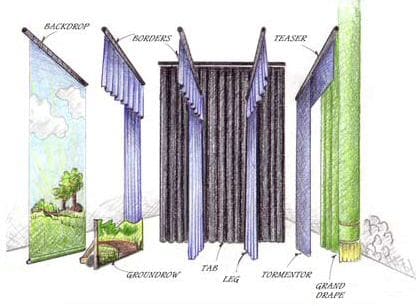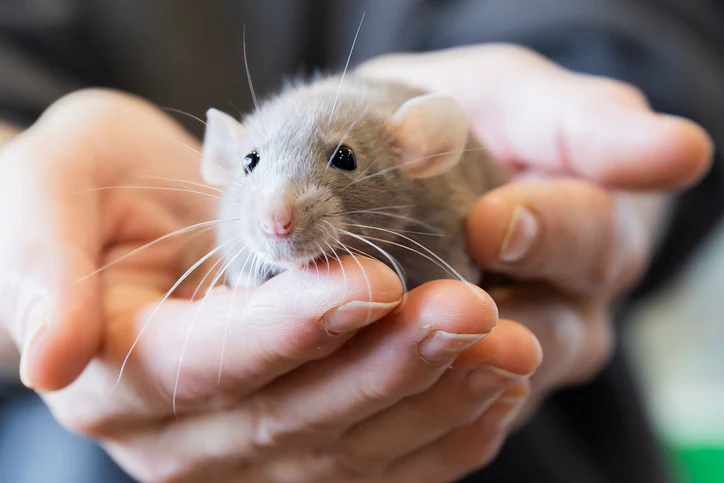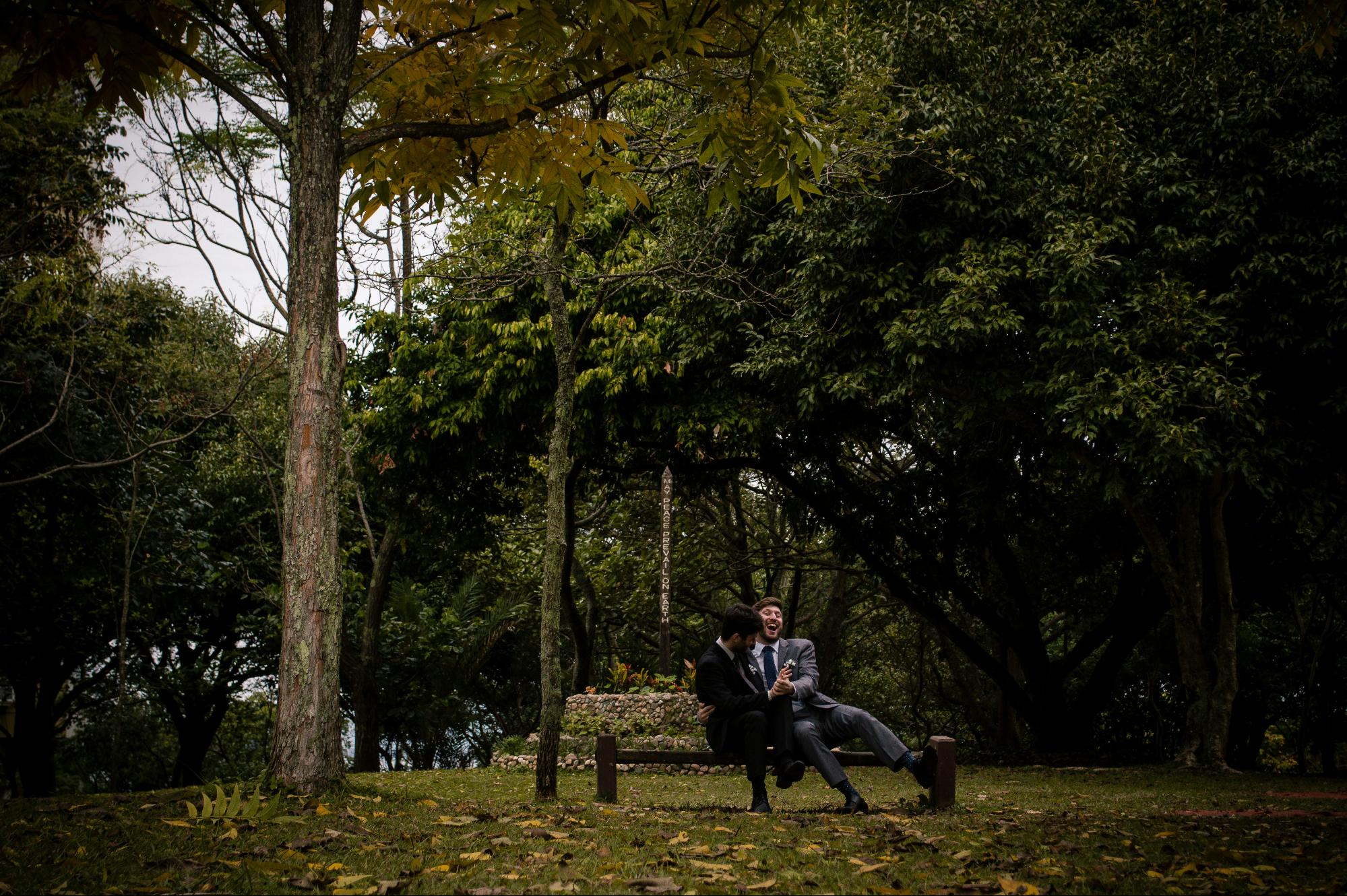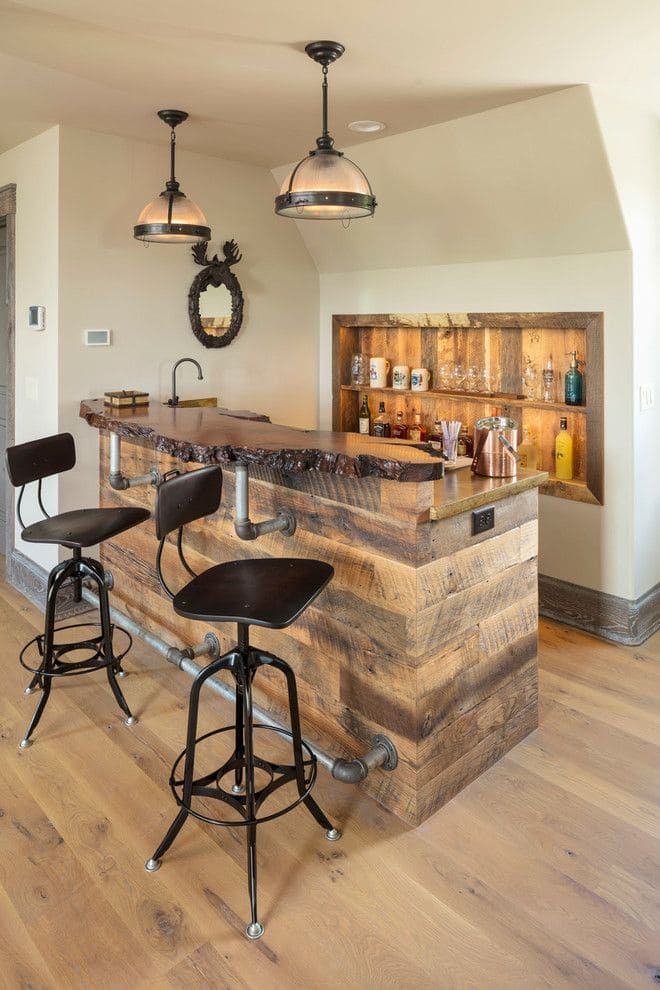Curtains play a crucial role in enhancing the aesthetics of any space while providing privacy and controlling light. Understanding the various parts and components of curtains can help you make informed decisions when selecting, installing, or maintaining them. In this comprehensive guide, we’ll delve into the anatomy of curtains, exploring the names and functions of each part.
- Header/Header Tape:
- The header, also known as the heading or header tape. Header tapes come in different styles, including pencil pleat, pinch pleat, eyelet (grommet), rod pocket, and tab top.
- Curtain Fabric:
- The curtain fabric refers to the material used to make the curtains.
- Hem:
- The hem is the bottom edge of the curtain where the fabric is folded and stitched to create a finished appearance. Hems can vary in width and may be straight or weighted to ensure that the curtains hang properly.
- Tiebacks/Tiebacks Holdbacks:
- Tiebacks are decorative accessories used to hold curtains open, allowing natural light to enter the room. They are typically made of fabric, rope, tassels, or metal and are secured to the wall or curtain with hooks or hardware.
- Curtain Rings/Hooks:
- Curtain rings or hooks are used to attach curtains to a curtain rod or track. They come in various styles, including clip rings, sew-on rings, and hook rings, and are typically made of metal or plastic.
- Finials:
- Finials are decorative end pieces that attach to the ends of curtain rods.
Understanding the anatomy of curtains empowers you to make informed choices when selecting, installing, or accessorizing curtains for your space. Whether you’re looking to enhance privacy, control light, or elevate the decor, knowing the names and functions of curtain parts is key to achieving your desired aesthetic and functionality.





